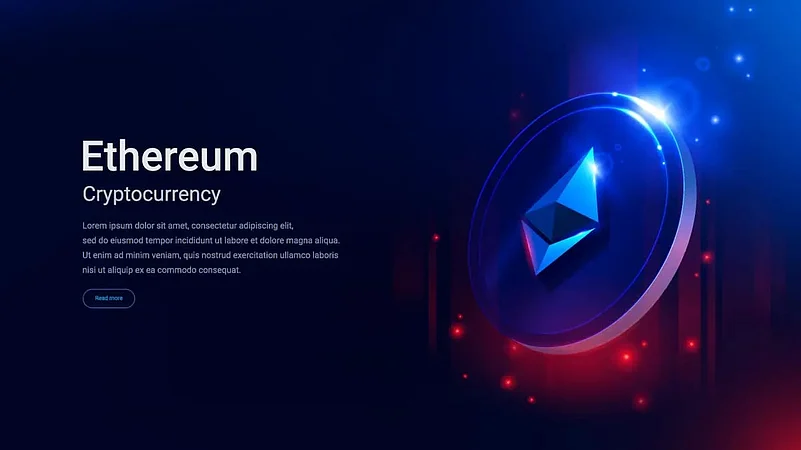The Bellatrix update has been successfully activated on Ethereum's (ETH) beacon chain, which runs on proof-of-stake (POS), and is set to move to proof-of-work (PoW) after the Merge later this month.
The final part of the much-awaited Ethereum Merge will happen when the Execution layer, which runs on POW, hits the specific Terminal Total Difficulty (TTD)—it refers to the difficulty of solving algorithms. It will likely happen around September 13-15.
"Motivation for completing the Merge is the reduction in the ETH issuance as the security of the PoW and PoS chains is funded by ETH issuance. After the Merge, the PoW network will cease to exist, which will dramatically reduce ETH issuance. This was named Triple Halving as the issuance drop is similar to three Bitcoin issuance halving," said Rajagopal Menon, Vice President at WazirX.
What Happens To ETH Tokens In Case of A Hard Fork?
The Merge may create two scenarios—one, a hard fork event, which refers to a situation when a blockchain diverges into two different paths, and the second, when no splitting occurs. Both scenarios will affect the ETH token holdings.
The second scenario is that if some miners continue to mine on the execution layer, it will create a hard fork, and we'll have two separate chains: The PoS beacon chain and the proof-of-work Execution layer.
"Post the hard fork event, users will get the 1:1 distribution of the ETH Proof-of-Work," said Minal Thukral, executive VP of growth and strategy at CoinDCX.
Ahead of the Bellatrix upgrade, most exchanges have suspended the trading of ETH and ERC-20 tokens and will support the Ethereum token in case of a hard fork event. "All coins will be automatically transferred to the new blockchain while any new forked coins will be issued to the investor," said Vikram Subburaj, CEO at Giottus Crypto Platform.
"If a new Fork happens, whatever token comes, we will award it to the users. Trading support for that token would be based on community consensus and what major exchanges like Binance (are) doing, and according we'll follow that," said Gaurav Dahake, CEO at Bitbns exchange.
In the case of the Hard Fork event, the investor will have two choices for ETH investments. "New investors will have an option to buy the other ETH if we decide to list it after running it through our 7M listing framework," Minal added.
What Happens To ETH Tokens In Case Of No Hard Fork?
This scenario is unlikely but yet a possibility. When no miner decides to continue to mine crypto on the Execution Layer, which runs on proof-of-work, no hard fork will be created, and everyone will have the same amount of ETH and ERC-20 tokens.
Hard Forks In the Past
There have been examples of hard forks in the past. "In 2018, BCH (Bitcoin Cash) got split into two: BCH and BCHsv (Satoshi Vision). Most exchanges decided not to support that token (BCHsv) and delisted it eventually; its trading was paused," said Dahake.
In 2016, a DAO (decentralised autonomous organisation) called 'The DAO' was hacked, and hackers got away with 3.6 million ETH tokens, around 5 per cent of Ethereum’s total supply at the time. Ethereum developers chose to help users who lost money due to the hack by implementing a 'hard fork.'
So, this is how Ethereum got separated into two different blockchains. The new blockchain was called Ethereum, which had essentially reversed the hack, i.e., created new tokens to reimburse users, and the original blockchain was renamed Ethereum Classic.
Classic and Ethereum are not compatible with each other, and most users who were hacked choose to migrate to the new blockchain ETH.
But not all users migrated to the Ethereum blockchain; hence, some developers and community members stayed with Ethereum Classic. Ethereum Classic still uses a proof-of-work consensus mechanism to validate a block, while Ethereum will completely switch to proof-of-stake by September 15 or earlier.














